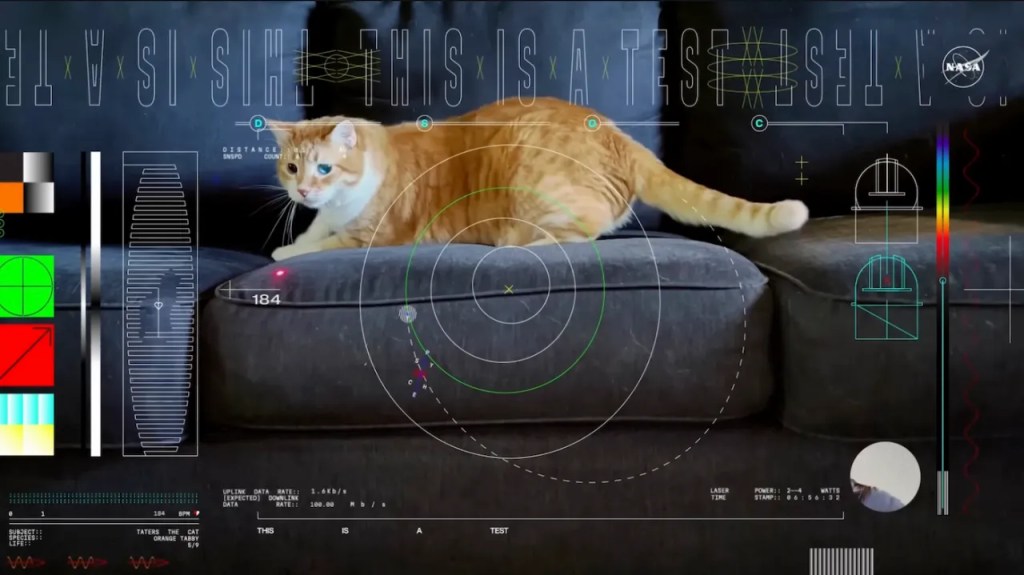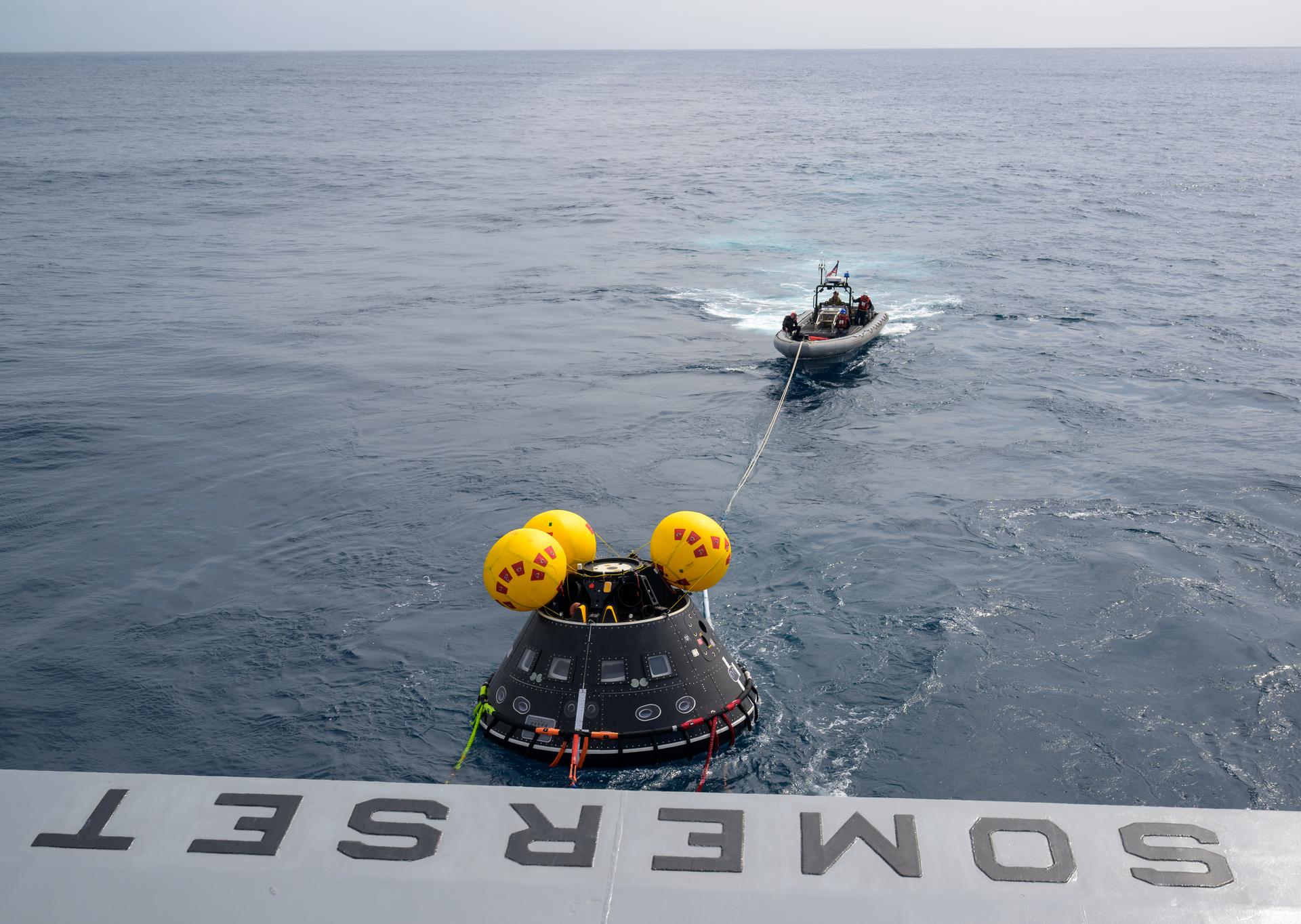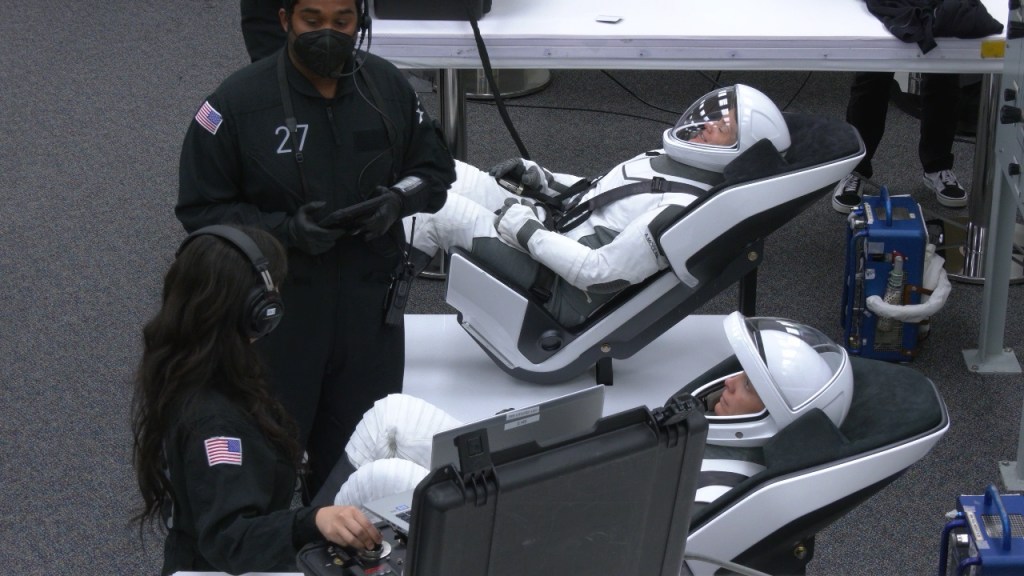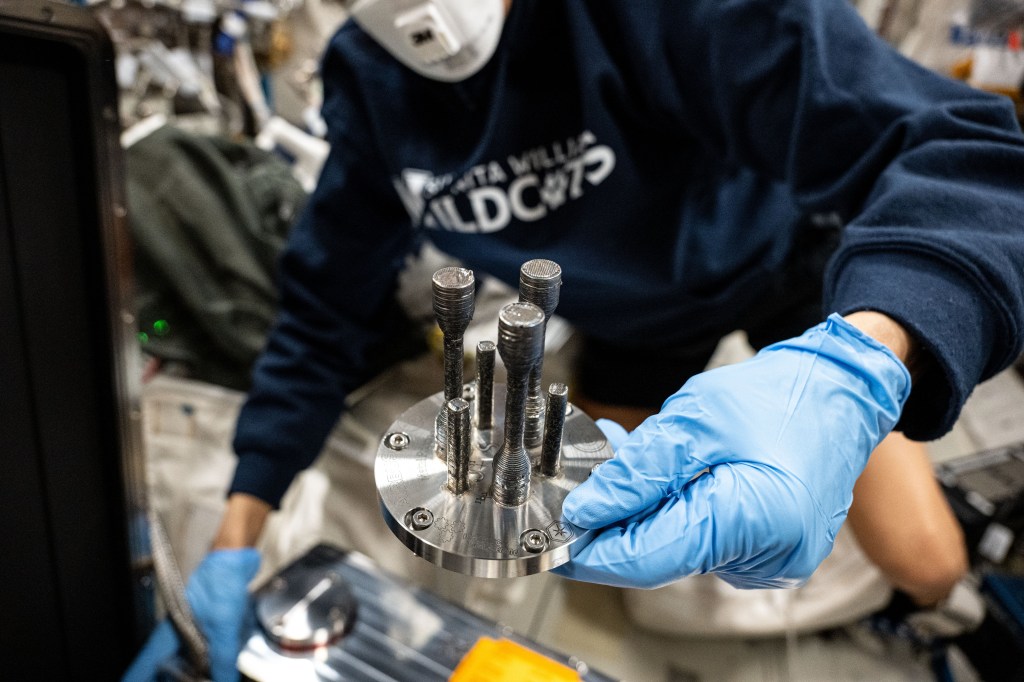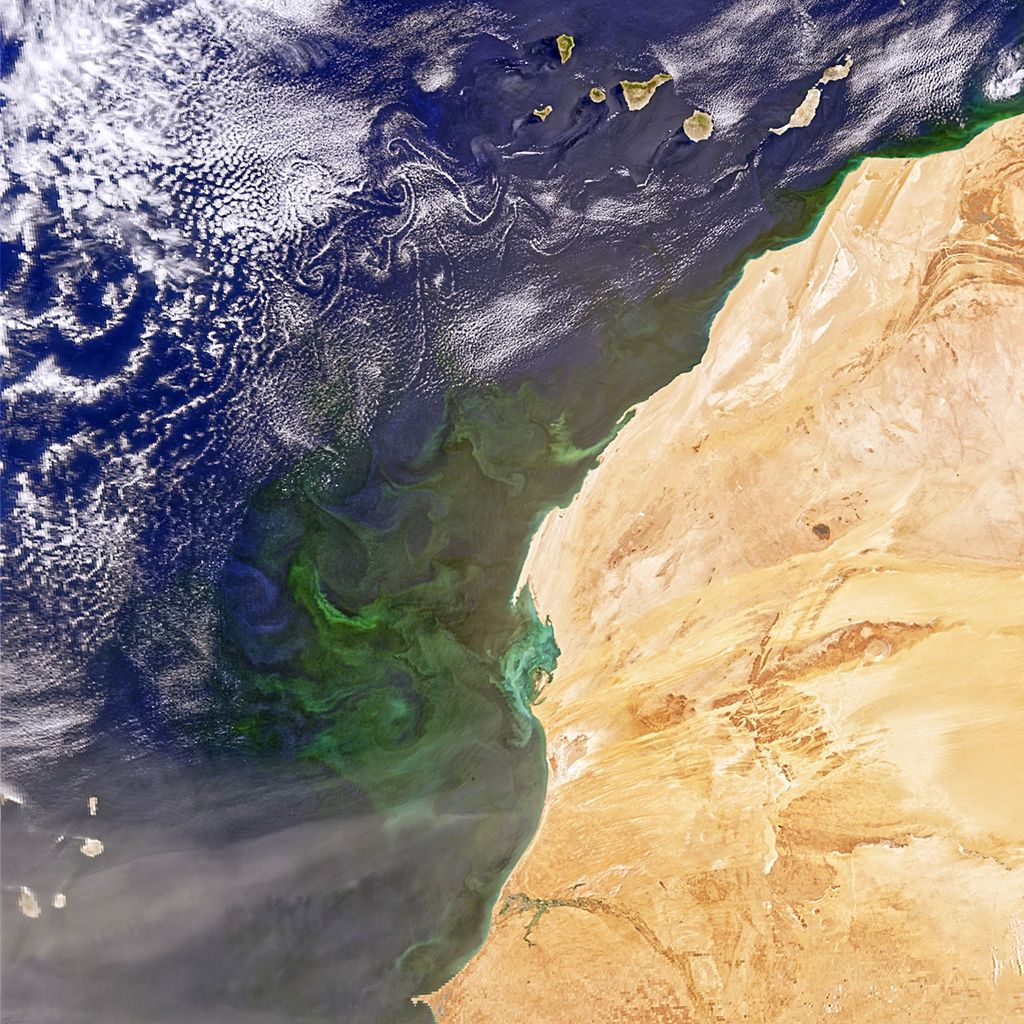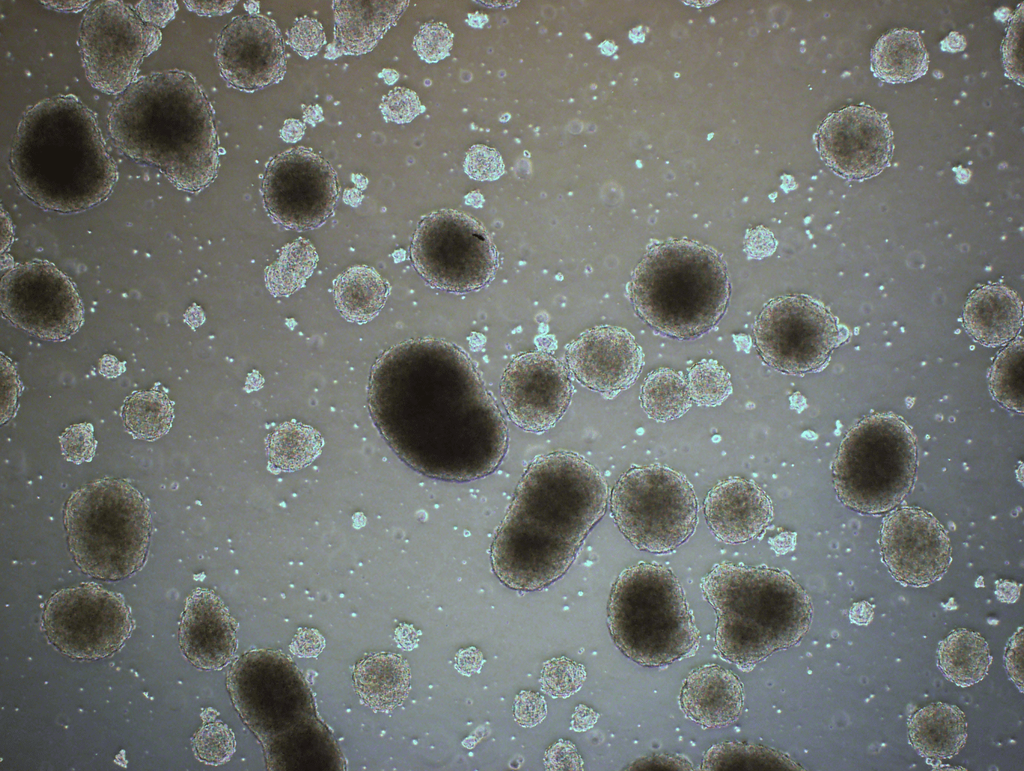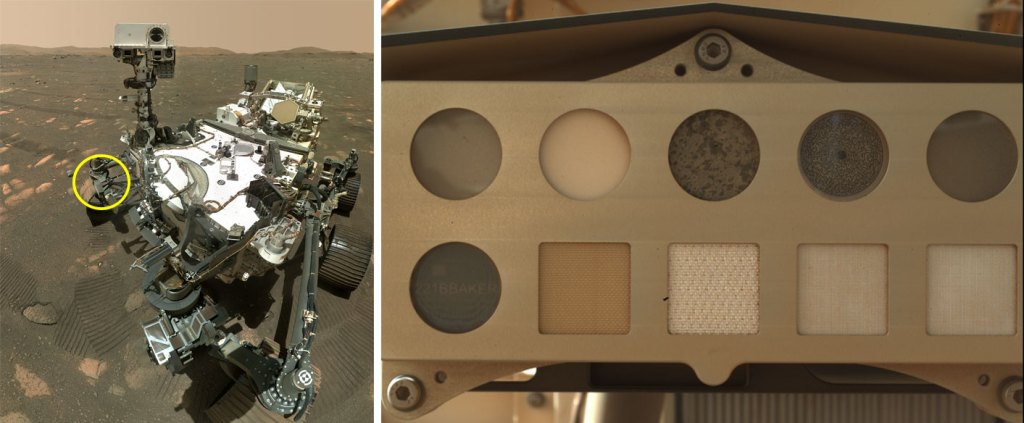Cassini’s T-126 is the 12tth and final close flyby of Titan marks the end of Cassini’s Ring-Grazing Orbits and sets the stage for the mission’s Grand Finale.
So Long, and Thanks for All the Science
Cassini’s 127th and final close flyby of Titan marks the end of Cassini’s Ring-Grazing Orbits and sets the stage for the mission’s Grand Finale.
This final close flyby of Titan provides Cassini with its longest-duration RADAR observation to look for changes in Titan’s methane lakes and seas, as well as its first attempt to study the depth and composition of Titan’s smaller lakes. The RADAR instrument will also take its final look at Titan’s “magic island.”
During the RADAR observation, Cassini’s Ion and Neutral Mass Spectrometer (INMS) will collect its final samples of ions and neutral particles around Titan. Combined with Cassini’s previous INMS observations, this one will help scientists understand how the densities of these diffuse gas particles in Titan's uppermost atmosphere change over time.
Cassini’s Magnetometer (MAG) instrument will then explore the northern sector of Titan’s magnetic tail; Titan doesn’t produce a detectable magnetic field itself, but it has a tail-like structure (or magnetotail) resulting from the moon’s ionosphere interaction with the excited gas in Saturn’s magnetosphere. This north polar flyby is the last opportunity, and one of the best of the entire mission, for Cassini to make such an observation.
The spacecraft’s visible light camera, the Imaging Science Subsystem (ISS), will acquire its final global-scale and regional-scale mosaics of the mission over Titan’s leading hemisphere, at mid-southern latitudes, including the intriguing basin region called Hotei Regio.
Last but certainly not least, Cassini will also use Titan’s gravity as a pivot point to change the shape of the spacecraft’s orbit. The flyby will shrink the orbit slightly, so that instead of flying just outside of the rings as it did during the Ring-Grazing Orbits, the spacecraft's path will shoot through the narrow space between Saturn’s upper atmosphere and its rings. No spacecraft has traveled through that region before.
Cassini will repeat the dive 22 times, about every seven days, in the mission’s Grand Finale. Cassini’s change in trajectory will also be ballistic at that point, like a cannonball after it's fired -- even if controllers made no further course adjustments, Cassini is still fated to enter Saturn’s atmosphere Sept. 15 for the end of the mission.

